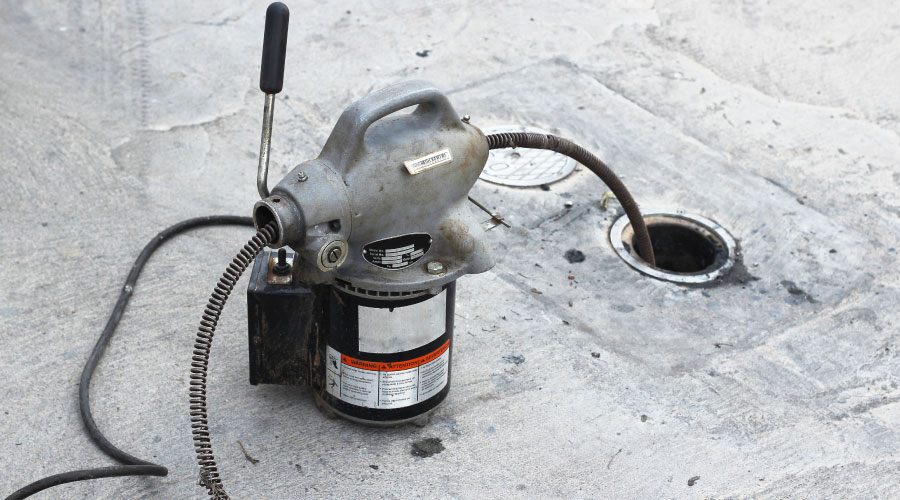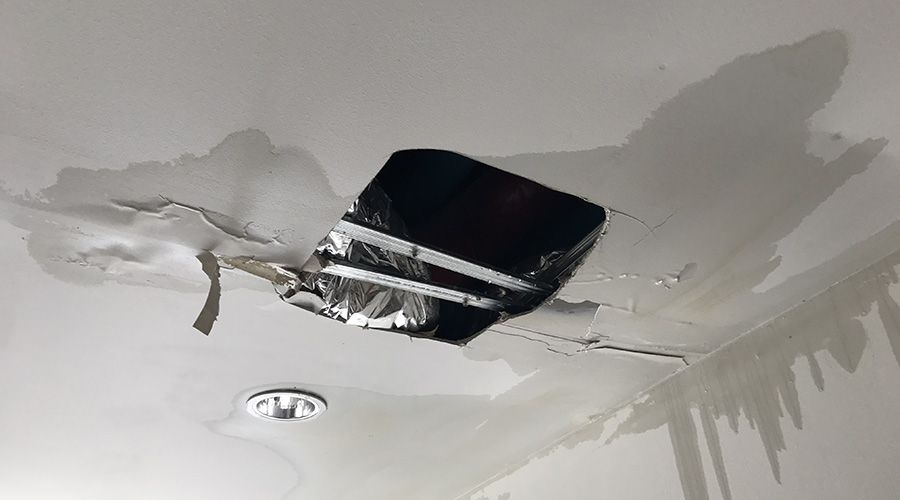Safe Drain Cleaning: Training and Equipment Maintenance for Commercial Facilities
Managers need to make sure technicians understand potential dangers involved in drain cleaning
Drain cleaning can prove a difficult, dirty and even dangerous job at times, which is why properly training front-line technicians and maintaining the equipment are vital steps for maintenance and engineering managers at institutional and commercial facilities.
The first step managers need to take with their technicians should be an easy one, but it is too often overlooked.
“First and foremost, technicians should always read and understand the manufacturer’s equipment manual and any pertinent safety-related information,” says Tim Kopp, education and training manager for RIDGID Tools. “Working under the guidance of, or alongside of, an experienced journeyman can be a valuable addition to training, as well.”
Training, accompanied by an effective maintenance plan, can help managers establish an effective drain-cleaning program.
Training programs
Technicians should take advantage of any onsite or online manufacturer training that can help them better understand their drain-cleaning equipment.
A drain-cleaning training program should include “safety, safety and more safety,” Kopp says.
Improper use of drain-cleaning equipment can result in serious personal injury, so reading and understanding the manufacturer’s operating instructions should be the foundation of any drain-cleaning training program.
“Hands-on practical use of the equipment, under the supervision of experienced and properly trained professionals, will allow the new technician to learn how to properly use and maintain the equipment in an appropriate environment,” Kopp says.
In-house training programs with refresher courses are vital for all technicians, especially new employees.
“Depending on the company the facility uses for equipment, it is also possible that the manufacturer will visit the facility to train employees on the equipment," says Mark Speranza, vice president of sales for Electric Eel Manufacturing. “I encourage everyone to take advantage of this, as expert knowledge from the manufacturer is always very helpful.”
Alex Meyer, RIDGID’s product manager for drain cleaning, says, “Stay alert. Watch what you are doing and use common sense when operating a power tool.” He also offers additional safety tips:
- Do not wear loose clothing and keep hair and clothing away from moving parts.
- Wear proper personal protective equipment (PPE), such as eye protection and drain cleaning gloves, provided with the machine.
- Never grasp a rotating cable with a rag or loose-fitting cloth glove.
- Do not overstress cables and keep one hand on the cable for control when the machine is running.
- Keep the amount of exposed cable between the machine and the drain under the maximum amount listed in the operator’s manual.
- Keep hands away from the rotating drum and guide tube.
- Be careful when cleaning drains where chemicals have been used.
- Avoid direct contact with skin and eyes.
- Do not operate the machine if the operator or machine is in standing water.
The bottom line: Mishandling equipment can lead to dangerous results.
“Dangers inherent with drain cleaning typically result from lack of training and improper use by an employee,” Speranza says. “This is why training is so important. For example, handling a rotating cable on a cable machine without wearing heavy leather gloves can easily result in injuries to fingers, hands and even arms.”
Howard Riell is a freelance writer from Henderson, Nevada.
Related Topics:













